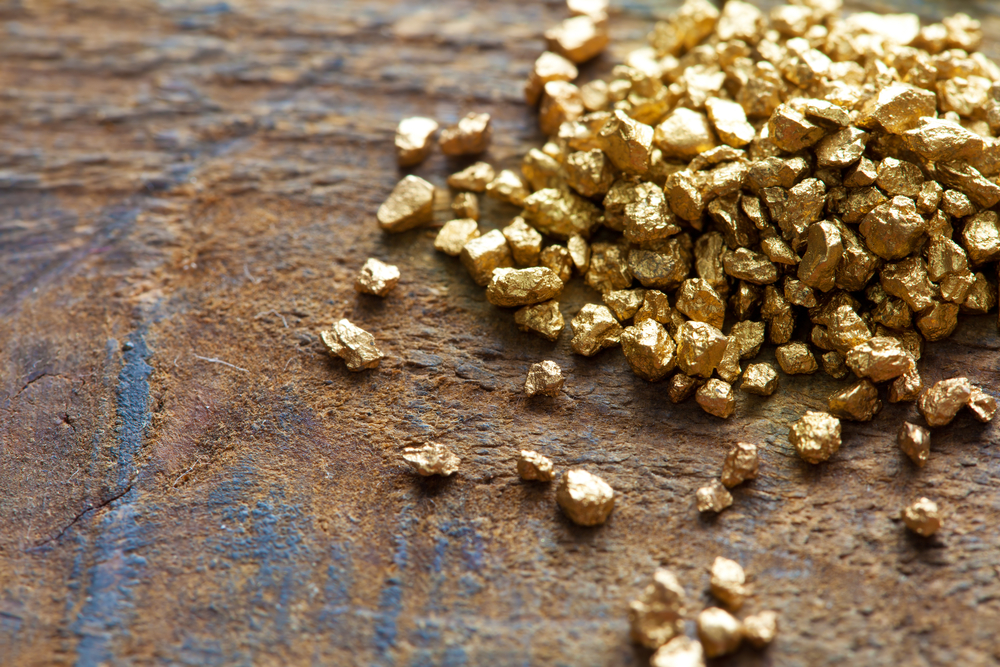History of Gold

Gold has a special, timeless allure that draws people to it. The metal is easily molded through various processes and its subtle glow and glint make it a favorite of jewelers. This isn’t a new behavior either. There is evidence that humanity enjoyed gold even in prehistory. Due to its long relationship with humanity, it becomes hard to talk about the history of gold when we can’t know precisely when it started. Instead, OROGOLD wishes to discuss gold’s place in history alongside civilization as near as we can tell. This doesn’t make for as compelling of a story, but it will at least give an idea of gold’s long history and our unending fascination with it as a species. We’ll start by taking a look at Ancient Egypt and the many ways they used gold.
Fit for a Pharaoh
Gold enjoyed an interesting place in Egyptian society. The highest members of society were typically the only ones allowed to wear it thanks to a heavy spiritual significance being placed on the metal. It was viewed as an “eternal” metal heavily associated with the Egyptian pantheon. As a result, it saw a great deal of use in the creation of religious artifacts and temple decorations. These helped to bind them closer to the Egyptian’s higher powers and gave an extra layer of legitimacy to them. They didn’t shun wearing the metal though. Plenty of jewelry and less spiritual decorations have been found that indicate it had a thriving place for decorations for those that could afford it. Some Egyptians even had masks of the purest gold. Cleopatra herself, though not an Ancient Egyptian, was said to wear one at night to help preserve her beauty. Egyptians were far from the last people to love their gold though.
Rome’s Mark
While Rome cannot claim to be the birthplace of metal coinage, it may very well be able to claim it is responsible for imprinting its use upon a large part of the western world. Coinage was created long before Rome and even gold coinage predates the now defunct Empire, but its golden coins circulated so thoroughly that they have been found across the world. They traded constantly among their territories and beyond. One of the most impressive aspects of this is that the Romans traded so thoroughly that sizable stashes of the coins have even been found all the way in India. OROGOLD would like to highlight that the Romans did make coins from metals other than gold as well, but gold was a popular choice due to how easily it could be cast and it’s almost universally recognized value. The ruler at the time of the coins being cast also typically determined the design on the coins themselves.
Many Roads Lead from Rome
Many Western civilizations, typically former territories of Rome, took advantage of the collapse of the empire eventually. They would spin tales of heroic founders somehow associated with the distant memories of the mighty empire and adopt aspects of them. The gold standard came into existence due to these distant memories. Everyone is used to paper currency in the modern era and few seldom think about what the currency is meant to represent. The fact is that the earliest paper currencies were typically representations of a particular value of gold. Time moves civilization further and further from this habit, but we aren’t quite as far away from it as we’d like. As we’ve discussed before, people still value gold and it remains a relatively stable investment choice.
Gold never truly seems to lose its power to fascinate. It may no longer be the stuff of gods, but it remains ephemeral and untouchable in spirit. Its place in currency may be fading, but even this use appears like it will die hard. One thing it has never stopped being though is one of the most valued metals in jewelry. This is never likely to change. OROGOLD does its best to champion other use for gold as well. The enduring power that gold holds over us all is enough to make you wonder if ancient peoples weren’t on to something when they believed gold to be eternal.

